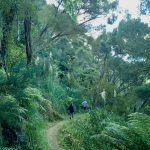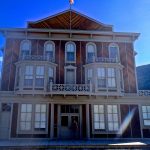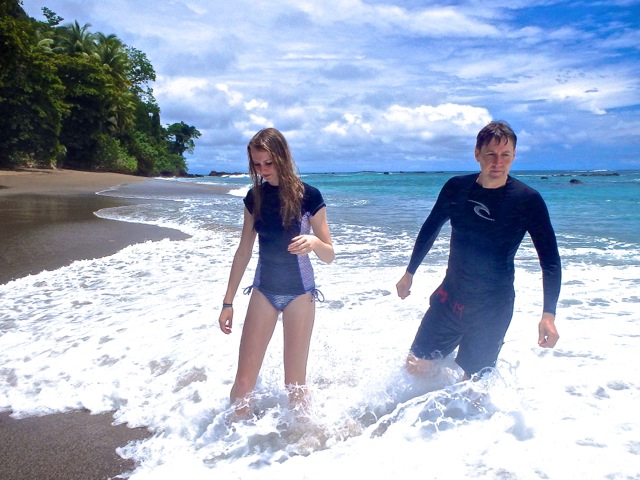Spent an amazing Saturday with Pip, Tabs, Peter and my mom near Cache Creek at a major fossil bed find. The pics include one of John, our guide. The hood-doos above are on sacred Bonaparte First Nation land. They used the area for the coming of age rites of their young men.
I won’t disclose any more info about the site as it is one of the most amazing slices of history (50 million years ago) that exists in Canada. It is a new find, and the government is slow to act. But I am going to join the current group to have this site designated a world heritage site by UNESCO. It is far too precious to have the novice likes of me digging up all the fossils. They are truly amazing–and so many of them. Yes, we each came home with a haul. But I’d rather the site preserved and excavated properly by professionals as the layers are fragile and packed with fossils from a time when Kelowna and Kamloops were active volcano sites.
I LOVE the land around Kamloops to Cache Creek. The wild west. My favorite landscape. It looks like pure adventure, calling me to explore.
The entire area is rich with history–the original fur brigade trail cuts through the area. I need to go back and explore some more.
And the new Baskins and Robin shop in Kamloops is an added bonus 🙂
–I was stricken with unbelievable stomach pain yesterday afternoon. An allergic reaction to something. I was bed ridden and in agony–took 2 Zantax and waited it out.








theresa_hart
Yeah, well I think you should have said that it could become a protected site only after your sister has a chance to pillage it.
Melissa Mix Hart
I know–you and MM are the only two who know the directions–so I guess our Unesco group should call off the Geo-Warriors until you’ve pillaged it.
jbswake
Site is not new nor is it the only one in the area. And don’t think that scientists dig any different from you when they come to visit. They only want it because we have made access so easy. They can have any of the 16 other sites in the area. They all have the same variety and frequency. Scientists have only become interested recently because we have brought these new species and genus to their attention. Otherwise no one in the lower mainland would care what was happening there.